INDEPENDENCE DAY PARADE
Independence Day in the Philippines is a significant national holiday celebrated on June 12th each year. The day commemorates the country’s declaration of independence from Spanish colonial rule on June 12, 1898. A central part of the Independence Day celebration is the Independence Day Parade, which is a grand and patriotic event showcasing Filipino culture, history, and national pride.

EVERYTHING YOU NEED TO KNOW ABOUT THE INDEPENDENCE DAY PARADE :
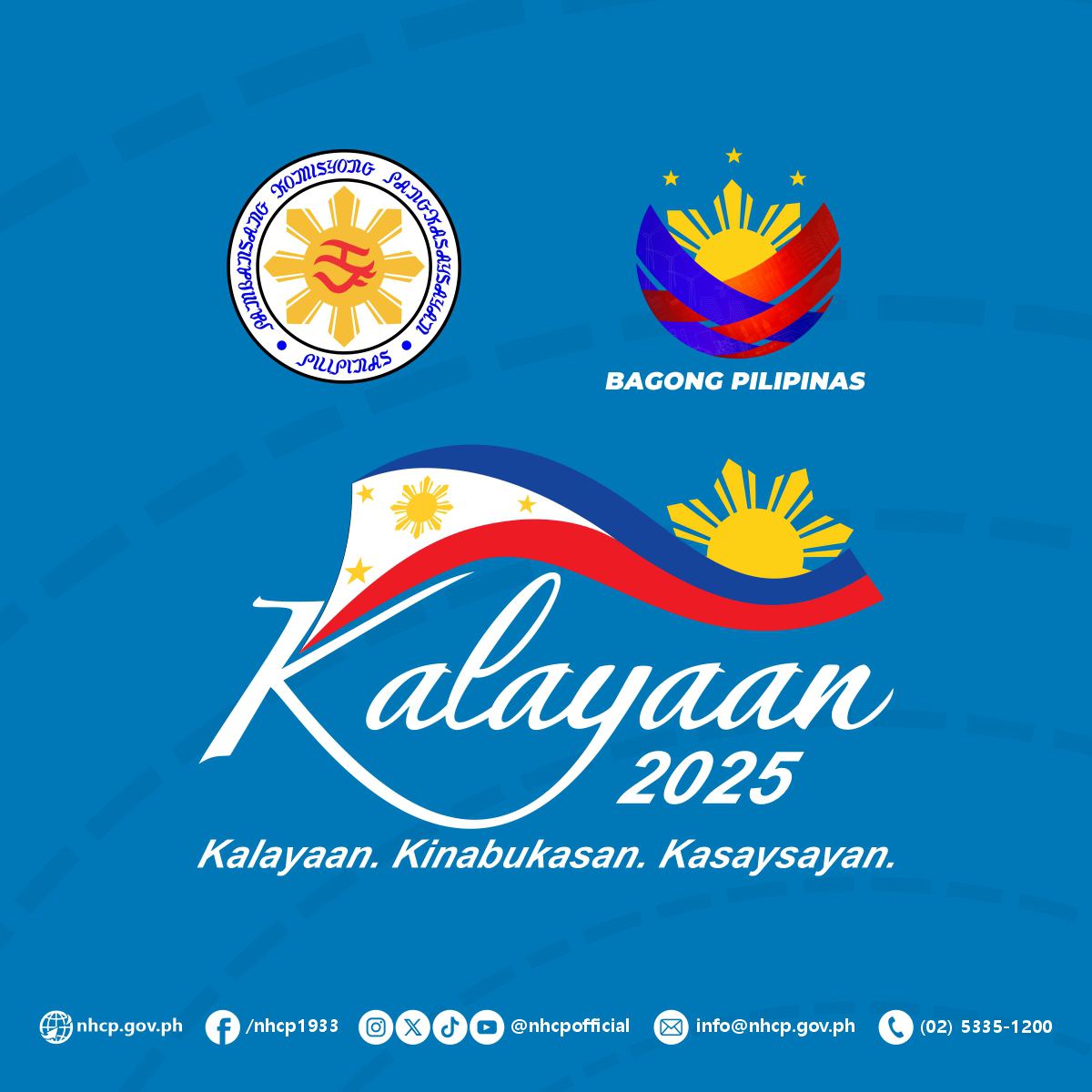

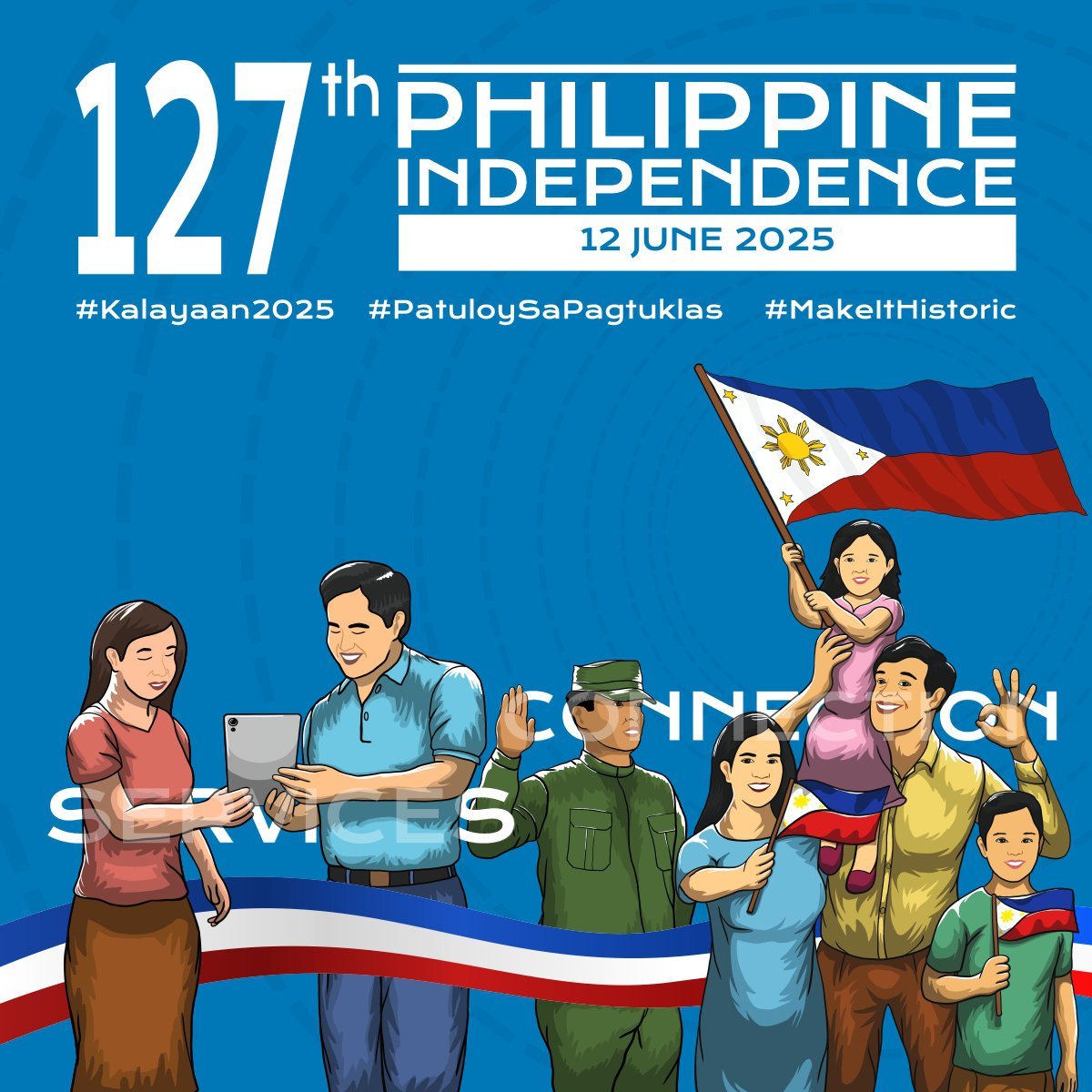
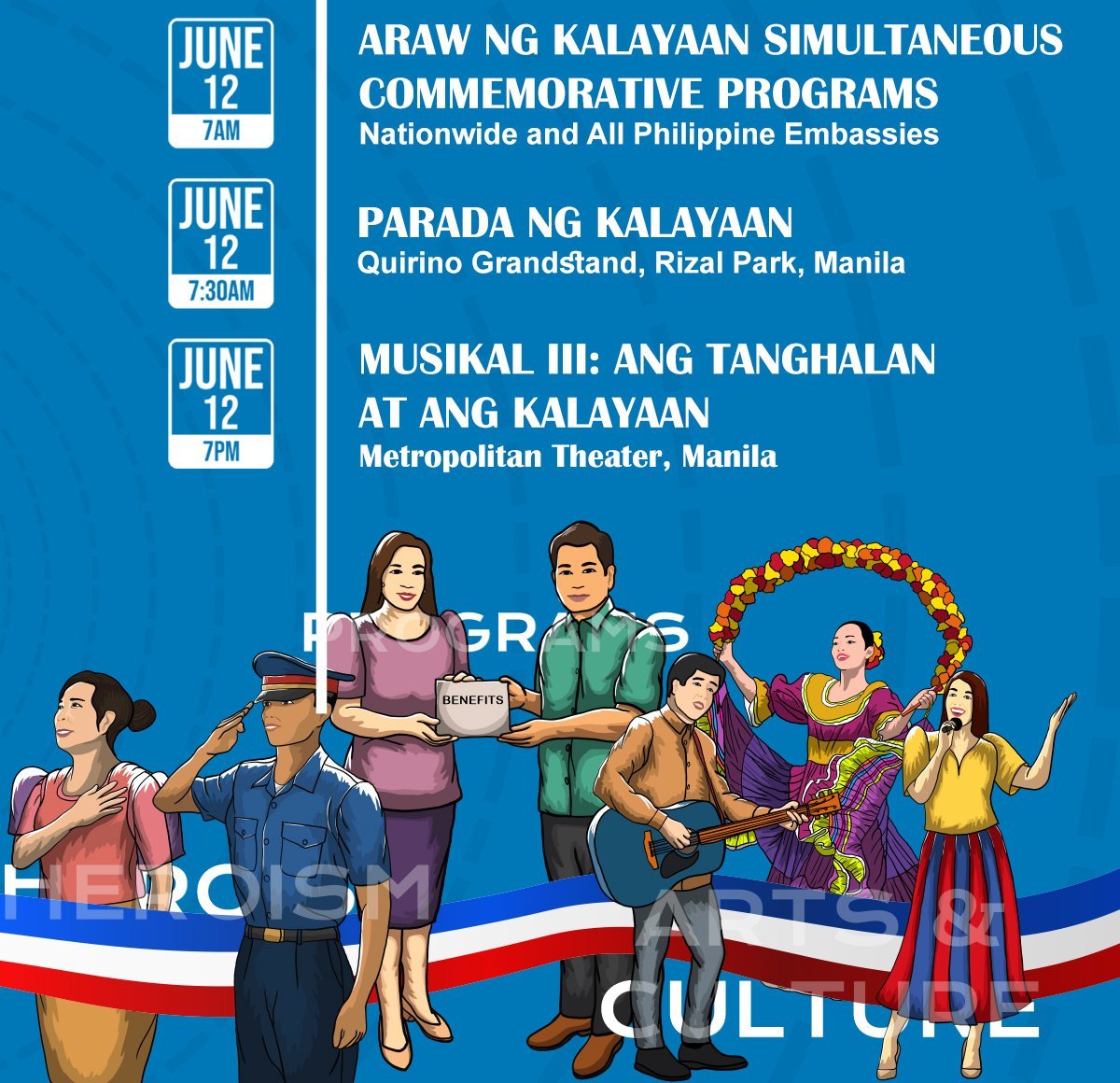
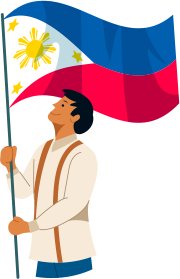
HISTORICAL SIGNIFICANCE
The Independence Day Parade is a key component of the annual celebration of Philippine Independence Day, which marks the country’s freedom from over three centuries of Spanish colonial rule.

DATE AND LOCATION
The parade takes place on June 12th each year, primarily in the capital city of Manila. However, similar parades and celebrations are held in cities and towns across the Philippines.

PARADE ROUTE
The float parade in Manila will start at the Quirino Grandstand and will make its way around Burnham Green. The floats will be displayed until midnight at the Cultural Center of the Philippines.

PARTICIPANTS
The parade features a diverse array of participants, including military and police contingents, government agencies, schools, civic organizations, cultural groups, and various floats representing different regions and aspects of Filipino culture.

HIGHLIGHTS
The parade showcases various elements of Filipino heritage and culture. These may include traditional costumes, indigenous dances, ethnic music, historical reenactments, and displays of Filipino arts and crafts.
The Armed Forces of the Philippines (AFP) plays a significant role in the parade, with troops, military equipment, and aerial displays. The Philippine flag is prominently featured during the event.
The President of the Philippines usually participates in the parade, leading the flag-raising ceremony and delivering a speech at Rizal Park.

CULTURAL PERFORMANCES
Cultural performances are an integral part of the Independence Day Parade. Dancers, musicians, and performers from various regions of the Philippines showcase their talents and traditional arts, reflecting the country’s rich cultural diversity.
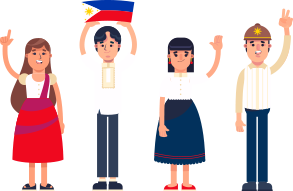
PATRIOTIC SPIRIT
The parade generates a sense of national pride and unity among Filipinos. It is an opportunity for people to come together and celebrate their shared history, culture, and aspirations for the future.
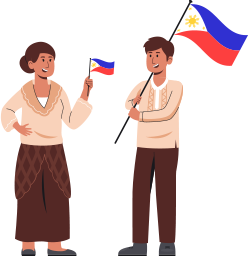
THEMED EVENTS
The Armed Forces of the Philippines (AFP), Philippine National Police (PNP), and the Philippine Coast Guard (PCG) will showcase their assets in static displays at the Burnham Green of Luneta, where they will also conduct education and recruitment activities.

PUBLIC PARTICIPATION
Starting on the 28th of May, our traditional countdown to the 12th of June will commence during National Flag Days.
The National Historical Commission of the Philippines (NHCP) along with the Philippine Historical Association (PHA) will conduct the annual Independence Day Colloquium starting on June 1 to 11.
The National Historical Commission of the Philippines old flag disposal activities with the Boy Scouts and Girl Scouts on June 1 to 11.
Pampamahalaang Programa at Serbisyo at Rizal Park on June 9 to 11.
A fair for government agencies to provide free services to the public and to promote their respective mandates.
Farmer’s Market/KADIWA by the Department of Agriculture (DA).
The Department of Labor and Employment (DOLE) will hold a job fair in Manila and other major cities before June 12.
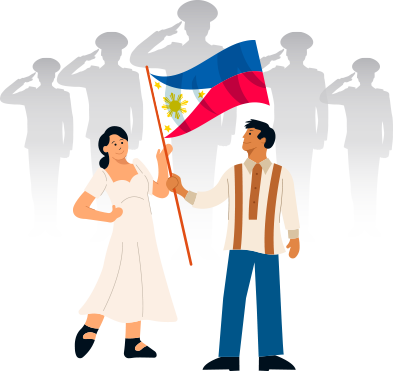
FESTIVITIES THROUGHOUT THE DAY
Independence Day celebrations in the Philippines extend beyond the parade. They include flag-raising ceremonies, wreath-laying events at historical sites, cultural performances, and various activities that celebrate Filipino heritage and patriotism.
The Independence Day Parade in the Philippines is a vibrant and festive occasion that brings Filipinos together to honor their country’s history, independence, and cultural heritage. It serves as a reminder of the sacrifices made by those who fought for freedom and a reflection of the nation’s enduring spirit.
